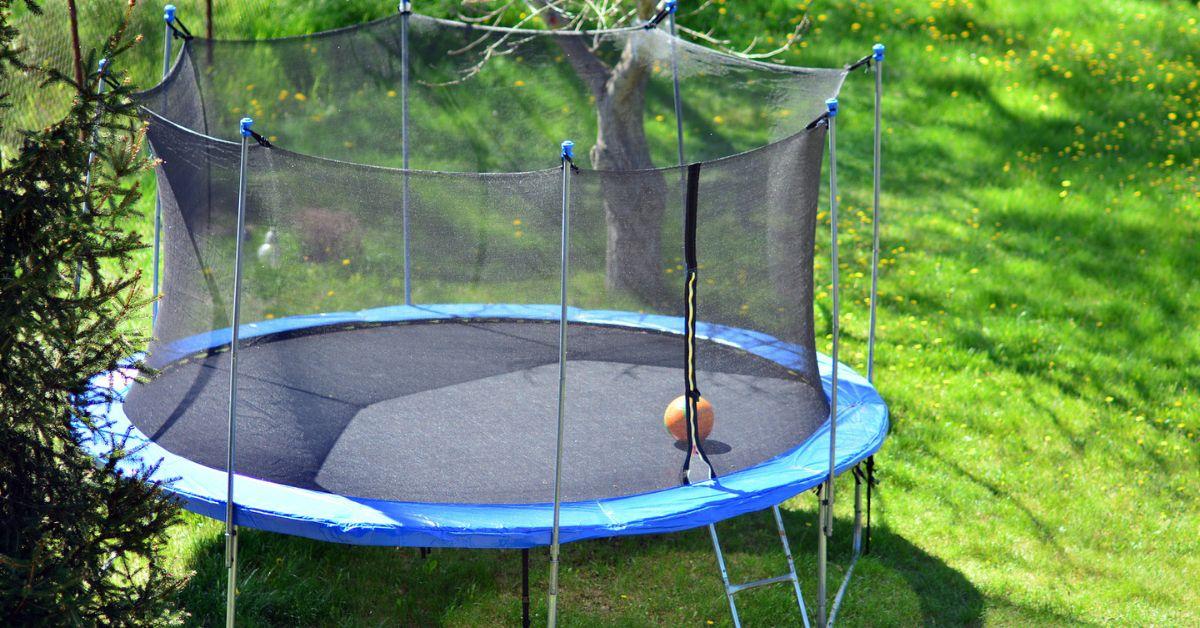Trampolines aren’t just for bouncing aimlessly—they’re also a great platform for learning exciting tricks that combine fitness, coordination, and creativity. Whether you're new to trampolining or looking to add some flair to your backyard sessions, mastering a few tricks can make every jump more enjoyable.
This guide highlights 7 fun trampoline tricks that you can try at home. They’re easy to learn, entertaining to perform, and perfect for trampolines of all shapes and sizes, including rectangular trampolines and oval trampolines. If you’re still exploring options, many high-quality trampolines for sale are available to get you started.
Why Learn Tricks on a Trampoline
Trying tricks on a trampoline isn't just about fun. It improves body awareness, builds strength, and develops balance. Learning tricks also enhances spatial control, a valuable skill in many sports and fitness routines. Plus, for kids and adults alike, there's a sense of accomplishment that comes with nailing a new move.
Before trying any tricks, make sure your trampoline is set up on level ground, has proper padding, and includes a safety enclosure to prevent falls.
1. Seat Drop
The seat drop is a beginner-friendly trick that introduces body control and timing. While jumping, bring your legs forward and land on your backside with your hands placed slightly behind you for balance. Then use the bounce to return to a standing position.
It’s a fun way to get started and serves as the foundation for more advanced combination moves later on.
2. Knee Bounce
This is another easy and safe move. Simply bounce and land gently on your knees, then spring back up to your feet. The key here is keeping your posture balanced so you can rebound smoothly.
It’s great for warm-ups and helps build stability and rhythm.
3. Tuck Jump
One of the more stylish tricks, the tuck jump involves pulling your knees up toward your chest while airborne and wrapping your arms around them briefly before extending and landing.
It challenges core strength and adds height and intensity to your routine. Rectangular trampolines are especially suited for this trick due to their powerful vertical bounce.
4. Pike Jump
This move is all about flexibility and form. While in mid-air, stretch your legs straight out in front of you and reach toward your toes with both arms extended. Land softly and reset.
The pike jump is often used in gymnastics and cheer training and looks impressive once mastered.
5. Front Drop
A more daring trick, the front drop involves jumping up and landing flat on your stomach with arms extended forward. Bounce back to your feet in one smooth motion.
It’s important to start low and build confidence before trying from higher bounces. Always ensure there’s enough padding and clearance for this trick.
6. Back Drop
The back drop is a reverse of the front drop. Jump and land flat on your back, keeping your arms extended and chin tucked to avoid strain. Let the trampoline rebound you gently to a seated or standing position.
It’s a great move to help conquer fear of backwards motion and is ideal for practicing body control.
7. Swivel Hips
Start with a seat drop, then twist your hips mid-air and land in another seat drop facing the opposite direction. This trick combines timing, flexibility, and rotation. Once you master it, you can link it with other moves to create your own flow.
Swivel hips is a favorite among experienced trampoliners and adds a fun dynamic to solo routines.
Practicing Tricks Safely
Trick performance should always be paired with safety measures. Use one jumper at a time when attempting moves to avoid accidental collisions. Ensure the trampoline is well-maintained and placed on a flat surface.
Choose the right shape based on your trick preferences. Rectangular trampolines are great for controlled bounce and height, while oval trampolines offer more space for movement and comfort. Make sure to warm up before trying new moves and progress gradually to avoid injuries.
Which Trampoline Is Best for Tricks?
When considering trampoline tricks, the shape and bounce response of your trampoline matter.
-
Rectangular trampolines provide consistent bounce across the surface and are often used for athletic training. They’re ideal for tricks that require height, such as back drops and tuck jumps.
-
Oval trampolines offer ample jumping room, making them a great choice for family fun and learning multi-directional tricks.
-
Explore various trampolines for sale to find the right fit for your space and skill level.
Frequently Asked Questions
Can beginners safely try trampoline tricks?
Yes, but they should start with basic moves like seat drops and knee bounces. Always practice with supervision and safety gear.
Which tricks are best for kids?
Seat drops, knee bounces, and tuck jumps are ideal for kids. These tricks are simple and safe to learn under guidance.
What should I avoid when trying tricks?
Avoid doing tricks when tired, jumping with others, or using damaged equipment. Always use a safety enclosure and never attempt flips without proper training.
Is there a specific trampoline size better for tricks?
Larger trampolines offer more space to practice safely. Rectangular and oval models provide better performance for tricks than small round ones.
How do I progress to advanced tricks?
Master the basics first. Build strength and coordination gradually. Consider watching tutorials or seeking professional guidance if you’re attempting flips or rotations.
